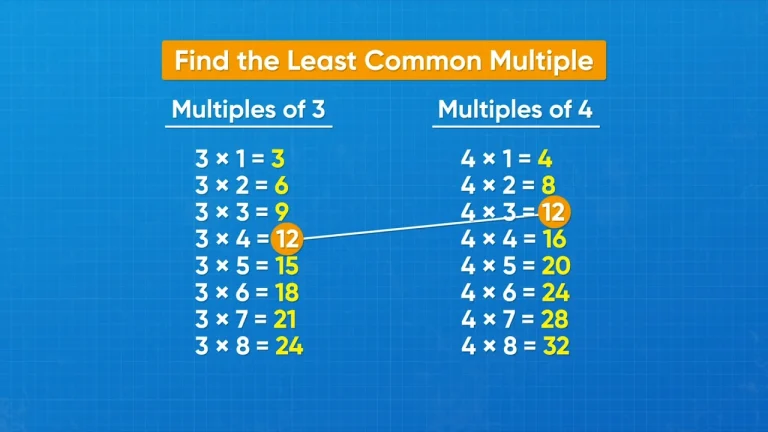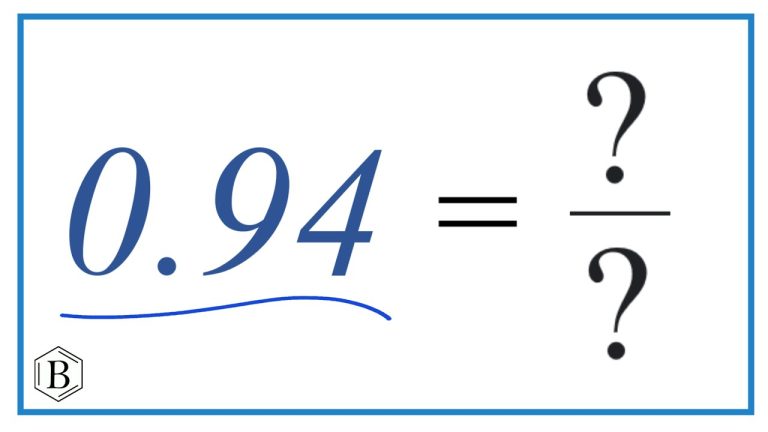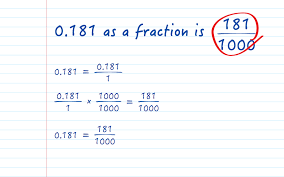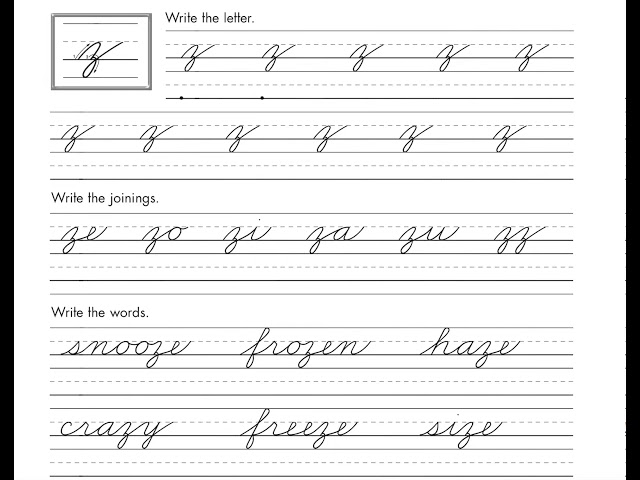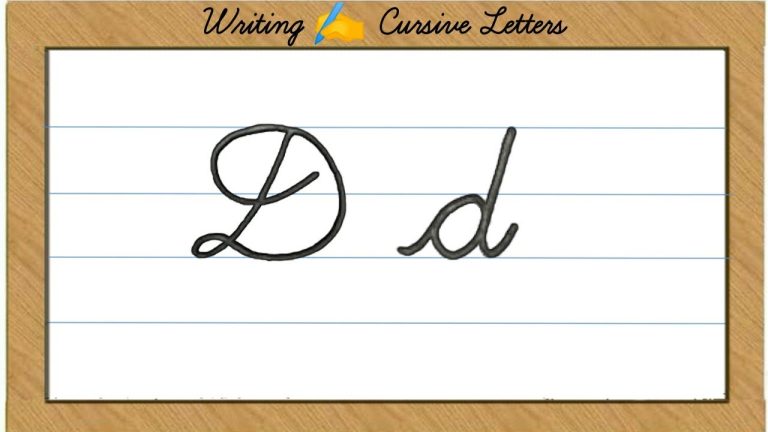Cursive G Worksheet, Writing (Capital & Small) PDF Writing
Some letters in cursive look easy. Some letters make students stop and ask “Why does it look like that?” The letter G is one of those. Many children see the cursive G and feel confused at first. But is it really so hard? Once you know the strokes and practice with worksheets, you will see that cursive G is just another flowing shape of the alphabet.
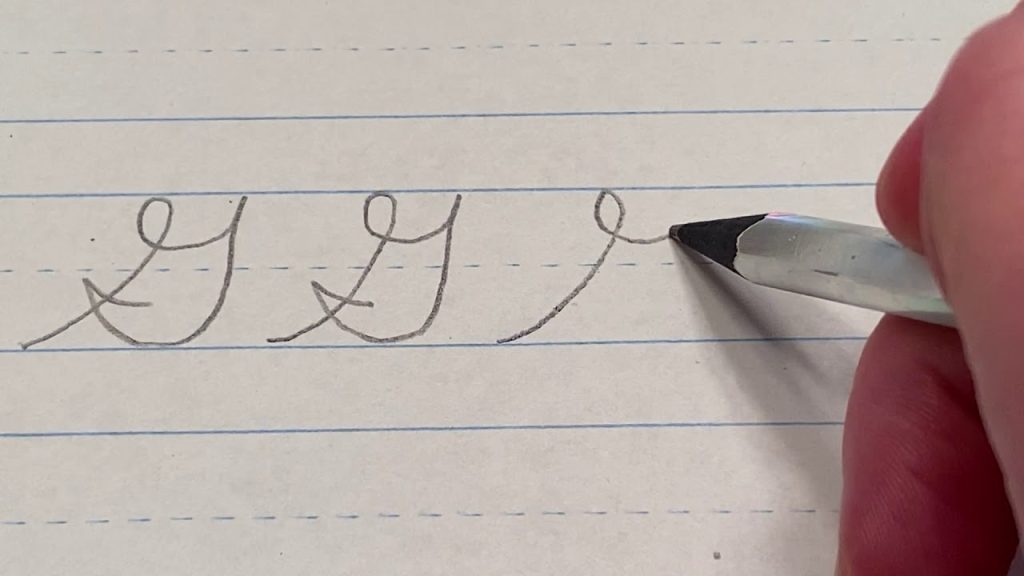
Why Focus on Cursive G?
Cursive writing is like a dance of the pencil. Each letter has its own moves. The letter G has curves that make it different from print writing. Do you wonder why it looks so round and looped? That is the beauty of cursive. It is meant to flow without lifting the hand.
You may also want to check Cursive D Writing.
How to Write Cursive G?
There are two forms of cursive G.
Capital cursive G: It begins with a curve at the top, it circles around and then forms a loop with a tail. Some styles of cursive make it look almost like a fancy number 2.
Lowercase cursive g: It starts like a small loop at the top and then drops down with a long tail.
Many students ask, “Why does capital G look so strange compared to small g?” The answer is style. Traditional cursive was designed for fast writing, not to look like printed letters.
Worksheets for Practice
Worksheets are the key to learning cursive G. They guide your hand step by step.
Tracing worksheets: These let you follow dotted lines to understand strokes.
Uppercase cursive G worksheets: Focus only on the capital letter.
Lowercase cursive g worksheets: Practice the smaller form with the tail.
Mixed worksheets: Combine both capital and small g.
Word worksheets: Use words like Goat, Garden, Green.
Sentence worksheets: Practice writing full sentences with the letter G.
Which one do you think is best for your starting point?
Tips for Students and Teachers
Hold the pencil gently. Use lined worksheets to guide height and tail length. Start slow and do not rush. At first your G may look strange but with each line it will improve. Teachers can make the lesson fun with tracing games and word challenges. Parents can give only ten minutes daily for handwriting practice. Isn’t it easier when practice feels like play?
Cursive G for Different Ages
- Kindergarten: Start with dotted tracing only.
- Grade 1: Learn both uppercase and lowercase.
- Grade 2: Write simple words using cursive g.
- Grade 3 and above: Write full sentences and short paragraphs.
Step by step progress makes handwriting stronger.
Free and Printable Worksheets
Do you want to practice right away? Free cursive G worksheets are easy to find online. You can download PDFs and print them at home. Some websites even give full A to Z cursive worksheets where you will find G in the middle of the set.
Beyond Worksheets
A worksheet is only the start. You should also try writing names like George, Grace, or Gloria in cursive. Try journaling a line a day with cursive words. The more you use the letter G in real writing, the smoother your strokes will become.
Cursive G vs Printed G
Printed G looks sharp and round. Cursive G is more curved and flowing. That is why some students ask, “Why is cursive G so confusing?” Once you practice it daily, your eyes and hands will adjust. It will no longer look odd, it will look natural.
Conclusion
Cursive G may look unusual at first sight but with worksheets and practice it becomes simple. Remember to start with tracing then move to writing and finally use it in words and sentences. The day will come when you write cursive G without even thinking.
So, will you pick up your pencil today and give cursive G a try?

